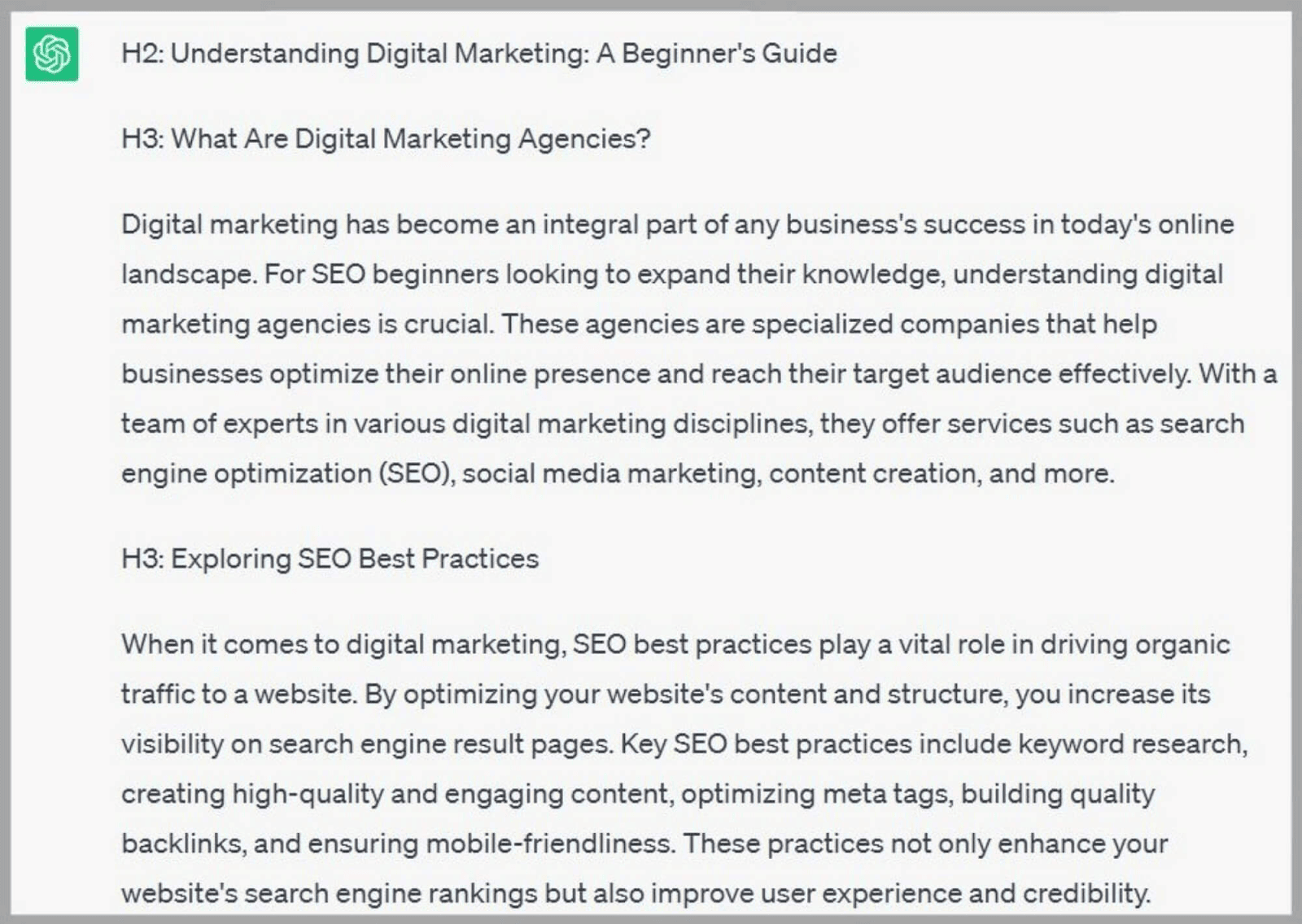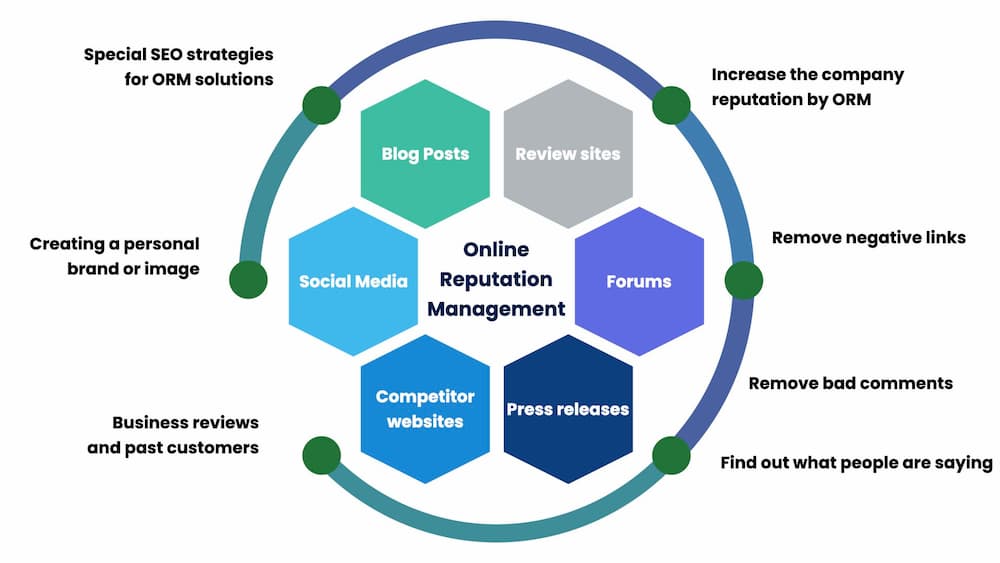Secret Variables of What Is Not Considered a Default Medium in Google Analytics
Secret Variables of What Is Not Considered a Default Medium in Google Analytics
Blog Article
Introducing the Unconventional Mediums in Google Analytics Beyond Default Setups
In the realm of electronic analytics, Google Analytics stands as a keystone for companies seeking to recognize their online presence. While default settings use valuable insights, truth deepness of recognizing hinge on exploring the unique tools that often go unnoticed. By venturing beyond the surface and delving into the complexities of social networks information, e-mail project performance, reference traffic resources, straight traffic patterns, and personalized channel groupings, a treasure of information awaits those ready to welcome an extra nuanced technique. What exists under these unusual tools might just redefine exactly how companies view and strategize their online campaigns.

Leveraging Social Media Insights
Periodically overlooked, yet greatly important, is the technique of leveraging social media understandings within the world of Google Analytics. By integrating data from systems like Facebook, Twitter, Instagram, and LinkedIn into Google Analytics, companies can obtain a deeper understanding of their audience and the efficiency of their social media sites campaigns.
With this assimilation, marketers can assess and track user habits on their internet site that originates from social media platforms. They can determine which social media sites networks are driving the most traffic, which content is resonating with the target market, and which projects are transforming one of the most leads. This understanding permits data-driven decisions to optimize social networks methods and boost total advertising and marketing efficiency.
Furthermore, by combining social media insights with Google Analytics, companies can produce much more targeted and customized campaigns - what is not considered a default medium in google analytics. They can utilize market info, rate of interests, and on the internet habits gathered from social media to refine their audience segmentation and supply customized messages that reverberate with certain client teams. This targeted method can result in higher engagement, increased conversions, and inevitably, boosted roi
Discovering Email Campaign Performance
Uncovering Email Project Efficiency includes evaluating key metrics and efficiency indications to examine the efficiency of email advertising and marketing initiatives. When delving right into e-mail campaign efficiency, it is critical to analyze metrics such as open prices, click-through rates, conversion rates, and unsubscribe prices. Open rates show the portion of recipients who opened the e-mail, providing understanding right into the effectiveness of subject lines and sender names. Click-through prices determine the percentage of receivers who clicked links within the email, revealing engagement degrees. Conversion rates track the percent of recipients that completed a desired activity after clicking on a web link in the email, such as buying or signing up for an e-newsletter. Finally, unsubscribe prices highlight the number of receivers who pulled out of receiving more emails, losing light on email material quality and importance. By analyzing these metrics, marketing experts can fine-tune their e-mail projects for much better involvement and performance.
Studying Reference Traffic Sources
After assessing the efficiency of e-mail projects via vital metrics such as open rates and conversion rates, the next essential step is examining reference website traffic resources in Google Analytics to recognize where website visitors are coming from and exactly how they communicate with the site. Recommendation web traffic sources refer to the sites that guide individuals to your website with clickable web links. By delving into this information, services can get understandings right into which outside platforms are driving web traffic to their site, whether it be social networks platforms, partner sites, or online directories.
Analyzing reference website traffic can give beneficial details on the performance of outside advertising efforts and collaborations. It aids organizations determine high-performing recommendation sources that add dramatically to internet site web traffic and conversions. By recognizing the habits of site visitors coming from different referral resources, companies can customize their advertising strategies to maximize interaction and conversions. Google Analytics offers in-depth reports on reference traffic, permitting companies to track the efficiency of each recommendation resource precisely and make data-driven choices to boost their on the internet presence.
Discovering Direct Traffic Patterns
Exploring the direct web traffic patterns in Google Analytics supplies beneficial understandings right into user behavior and my sources the effectiveness of campaigns - what is not considered a default medium in google analytics. Direct traffic refers to visitors who arrive at a web site by straight inputting the link into their web browser, utilizing book markings, or clicking on untagged links. Understanding direct traffic patterns can help online marketers assess the effect of offline advertising efforts, brand acknowledgment, and the performance of word-of-mouth references
By diving into direct traffic information, organizations can discover vital info regarding user intent and brand name commitment. Examining the habits of direct site visitors, such as the web pages they go to, the time invested on website, and the conversion rate, can offer a deeper understanding of customer interaction and the overall effectiveness of the internet site in transforming visitors right into clients.
Furthermore, tracking straight web traffic patterns in time allows organizations to determine trends, seasonality results, and the success of certain campaigns or promos in driving direct gos to. This information can after that be used to improve advertising strategies, enhance website web content, and improve the total individual experience to take full advantage of conversions.
Utilizing Custom-made Channel Groupings
Using custom channel groups in Google Analytics enables organizations to categorize and assess their site web traffic based on certain criteria, offering beneficial insights for enhancing marketing methods. Personalized network collections make it possible for companies to produce their very own customized collections of website traffic resources, such as social media, natural search, e-mail projects, and referral web traffic. By specifying these groups, businesses can get a much deeper understanding of just how different marketing channels add to their internet site web traffic and conversions.
This feature is especially beneficial for organizations with varied marketing techniques across different systems. A business running both paid and organic social media campaigns can separate in between the two to examine their private performance precisely. Furthermore, custom-made channel collections can help identify any overlooked or ignored traffic sources that might be driving beneficial involvement.
Verdict

By venturing past the surface area and delving right into the details of social media data, e-mail project performance, recommendation website traffic sources, direct web traffic patterns, and personalized channel collections, a prize chest of information awaits those ready to welcome a more nuanced technique. They can recognize click which social media networks are driving the most traffic, which content is resonating with the target market, and which projects are transforming the most leads.After evaluating the performance of email campaigns with vital metrics such as open prices and conversion rates, the visit this website next important action is assessing reference traffic sources in Google Analytics to understand where site visitors are coming from and exactly how they engage with the website. Personalized network groups make it possible for companies to create their own customized groupings of traffic sources, such as social media, natural search, e-mail projects, and reference website traffic. By leveraging social media understandings, revealing e-mail project performance, evaluating recommendation web traffic sources, exploring direct traffic patterns, and making use of personalized network collections, marketing professionals can get important insights into their on-line visibility.
Report this page